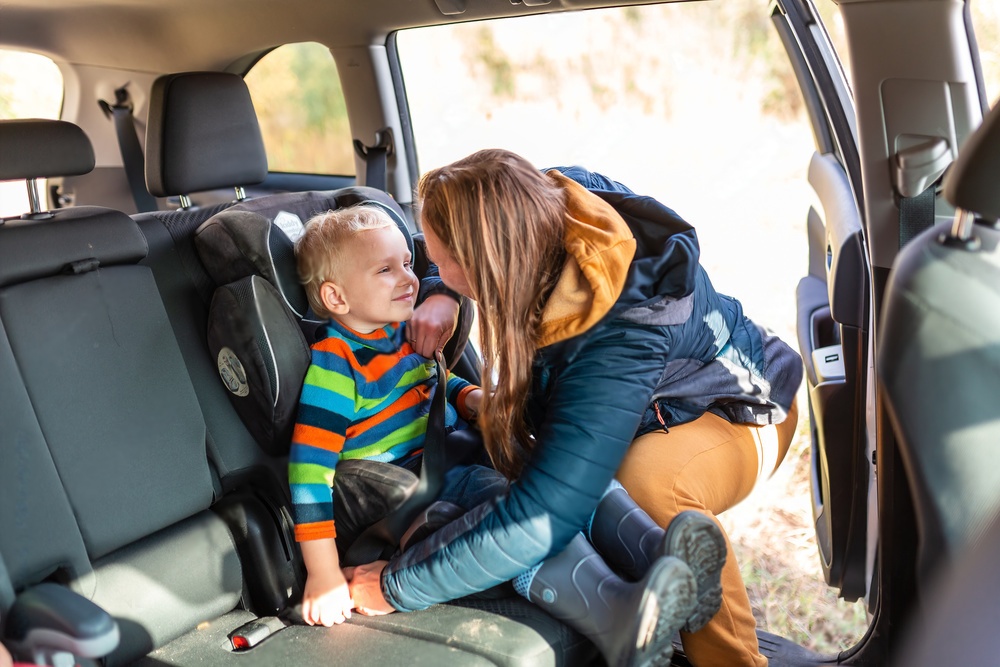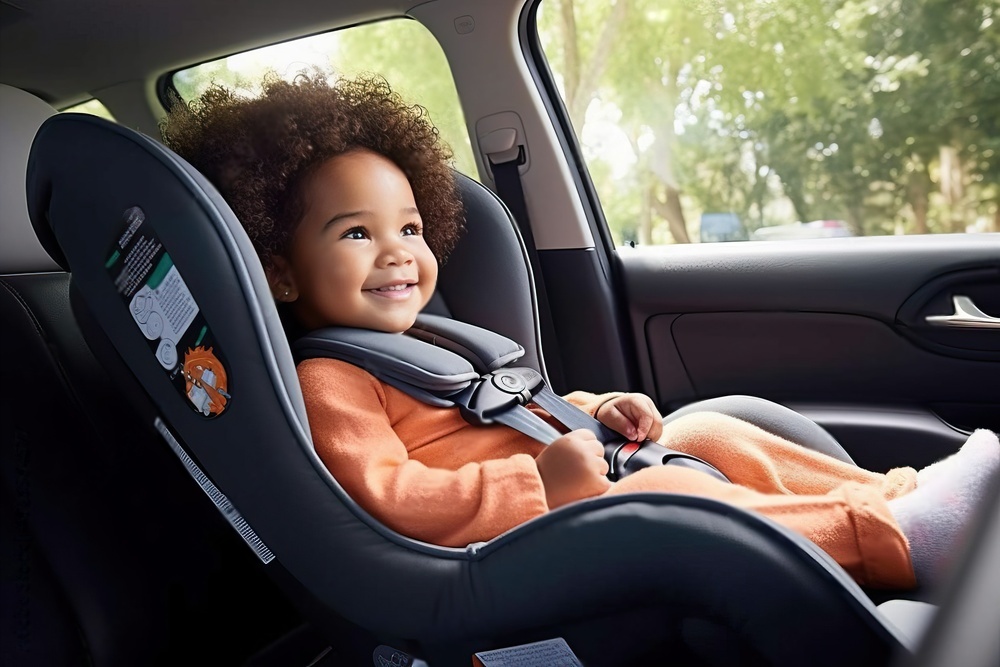Strolling with your little one is a delightful experience, but ensuring their safety in a stroller is paramount. As incidents of stroller-related accidents rise, it becomes crucial to equip parents and caregivers with a comprehensive guide on stroller safety. From choosing the right stroller to navigating crowded spaces, let’s explore the essential elements that make for a secure strolling experience for your child.
Stroller safety is not just a buzzword but a crucial aspect of parenting in today’s fast-paced world. The growing number of stroller-related accidents emphasizes the need for a comprehensive guide that empowers parents and caregivers to make informed choices and take proactive measures to ensure their child’s safety.
Choosing the Right Stroller
Before embarking on the journey of stroller safety, the first step is choosing the right stroller. Consider safety features such as sturdy construction, reliable harness systems, and appropriate age suitability. Understanding the specific needs of your child and the environment you’ll be navigating is key to making the right choice.
Proper Assembly and Maintenance
The safety journey continues with the correct assembly and regular maintenance of the stroller. Following the manufacturer’s guidelines for assembly and conducting routine maintenance checks not only prolongs the stroller’s life but also ensures that it functions as a safe haven for your little one.
Harness and Buckle Usage
One of the most overlooked aspects of stroller safety is the proper usage of harnesses and buckles. These components are not just accessories; they are vital for securing your child in the stroller. Always adjust them according to your child’s size to guarantee a snug and safe fit.
Terrain Awareness
Strollers come in various designs, each suitable for different terrains. Whether you’re strolling through the park or navigating urban landscapes, it’s crucial to choose a stroller that complements the terrain. Understanding the limitations of your stroller ensures a smooth and safe ride for your child.
Sun Protection and Weather Conditions
Shielding your child from the elements is a crucial aspect of stroller safety. Utilize stroller canopies effectively to provide shade and protection from the sun. Additionally, be prepared for unexpected weather changes by having appropriate covers or clothing for your child.
Stroller Etiquette in Public Spaces
Navigating crowded areas with a stroller requires a blend of courtesy and caution. Be mindful of others, respect personal space, and follow established guidelines. Practicing good stroller etiquette not only ensures your child’s safety but also contributes to a harmonious public environment.
Securing Belongings
A well-packed stroller often carries essentials for both parent and child. Prevent items from falling off by ensuring they are securely fastened. Be mindful of weight distribution to maintain balance and stability while strolling.
Knowing Stroller Limitations
Every stroller has its limitations regarding weight and size. Avoid overloading the stroller, as it may compromise its stability and safety features. Adhering to these limitations guarantees a safer experience for your child.
Proactive Measures for Crowded Events
Attending events and gatherings with a stroller requires additional precautions. Stay vigilant in crowded environments, be aware of your surroundings, and navigate with caution. Creating a safe space for your child amidst the hustle and bustle is paramount.
Folding and Unfolding Safely
While it may seem straightforward, folding and unfolding a stroller requires adherence to safety guidelines. Follow the step-by-step instructions provided by the manufacturer to avoid accidents during these processes.
Educating Caregivers and Family Members
Stroller safety is a collective responsibility. Ensure that caregivers and family members are well-informed about safety protocols and guidelines. Establishing a routine that prioritizes safety contributes to a unified and secure caregiving environment.
Emergency Preparedness
Knowledge of emergency exits, procedures, and carrying essential items is essential for every parent or caregiver. Being prepared for unforeseen circumstances ensures a swift and efficient response in case of emergencies.
Regular Checkups and Inspections
Implementing a routine stroller check is a proactive measure that safeguards your child’s well-being. Regular inspections help identify wear and tear, allowing for timely repairs or replacements. Don’t underestimate the value of a well-maintained stroller in ensuring your child’s safety.
Promoting Community Awareness
Safety extends beyond individual efforts. Engage with local initiatives focused on stroller safety, and collaborate with communities to create a safer environment for all children. Spreading awareness collectively contributes to a culture of safety.
Conclusion
Ensuring your child’s safety while strolling is a multifaceted responsibility that involves conscious decision-making, adherence to safety guidelines, and proactive measures. By following the comprehensive guide to stroller safety provided, you can create a secure and enjoyable experience for both you and your child.
FAQs
- How often should I conduct maintenance checks on my child’s stroller? Conduct routine maintenance checks every three to six months, depending on the frequency of use.
- Can I use any stroller for different terrains? Not all strollers are suitable for all terrains. Choose a stroller designed for the specific environment you plan to navigate.
- What should I do if the stroller harness doesn’t fit my child properly? If the harness doesn’t fit properly, consult the stroller manual for adjustment instructions. Ensure a snug fit to guarantee your child’s safety.
- Is it necessary to follow weight limitations on strollers? Yes, it’s crucial to adhere to weight limitations specified by the manufacturer. Overloading the stroller may compromise its stability and safety features.
- Are there any specific safety measures for strolling in extreme weather conditions? Yes, for extreme weather conditions, use appropriate covers, dress your child accordingly, and avoid strolling during severe weather warnings.



